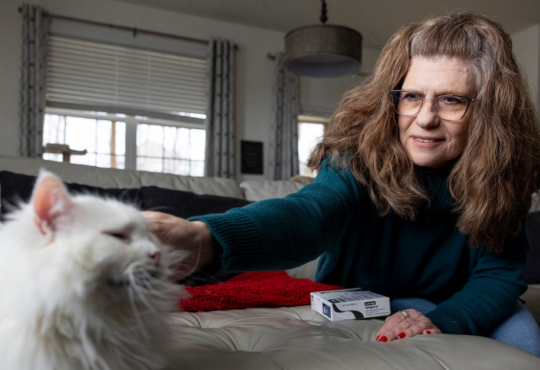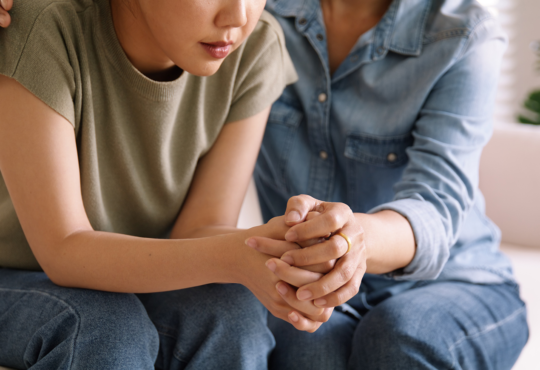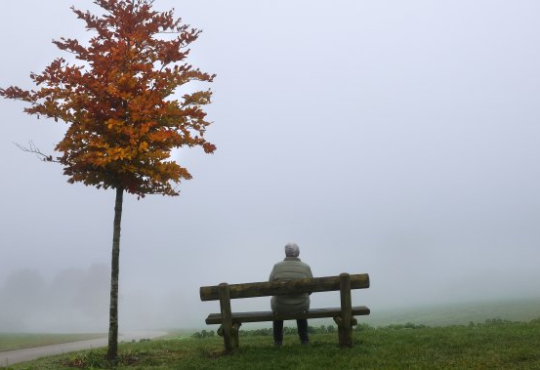Like thousands of other children in West Africa, Aminata from Sierra Leone was orphaned by the deadliest Ebola outbreak in 2014. She was 13 years old at the time. (©2014 World Vision/photo by Sahr Ngaujah)
. Ebola, or Ebola virus disease, is a highly contagious and potentially deadly illness caused by ebolaviruses. It has gained worldwide attention because of severe outbreaks in Central and West Africa. Ebola can devastate communities, but it is possible to reduce its spread and impact through better understanding, prevention, and coordinated efforts.
BACK TO QUESTIONS
Ebola virus disease, formerly known as Ebola hemorrhagic fever, is a rare and often deadly disease in humans caused by infection with one of four ebolavirus strains: Zaire, Sudan, Bundibugyo, or Taï Forest.
BACK TO QUESTIONS
Symptoms of Ebola virus disease include high body temperatures, headache, abdominal pain, diarrhea, vomiting, and both internal and external bleeding, such as from gums and stool.
It can be challenging to distinguish Ebola from other diseases, such as malaria, typhoid fever, and meningitis. Symptoms typically appear from 2 to 21 days after contracting the disease. People who have contracted the disease can’t transmit it to others until symptoms appear.
BACK TO QUESTIONS
While there is no proven, licensed treatment for Ebola, early symptom management and intravenous fluid hydration can improve survival rates. Ongoing research efforts are exploring potential treatments, including antiviral drugs and immunotherapies.
BACK TO QUESTIONS
World Vision responds swiftly to Ebola outbreaks by educating affected communities, supporting healthcare workers, providing child protection and psychosocial support, ensuring access to clean water and sanitation, and delivering emergency relief. We aim to help communities stay safe and resilient in the face of this deadly virus. A few of our key programming areas include:
Community education: We equip communities with information about Ebola prevention, transmission, and the importance of early detection. We help raise awareness to ensure people know how to protect themselves from the virus.
World Vision’s Channels of Hope programming: We train and equip religious leaders to share accurate information about Ebola prevention and treatment, dispel myths and misconceptions, and promote safe practices within their congregations and communities. By working with these local faith leaders, who have a great deal of influence because of how much their communities trust them, World Vision seeks to enhance awareness, reduce stigmatization, and encourage early detection and treatment of Ebola cases. The collaborative approach between faith-based organizations, communities, and health agencies has played a vital role in controlling the spread of Ebola and providing support to affected individuals and families.
Child protection: We offer psychosocial support to children who may have lost family members or been affected by the outbreak. We work to keep children safe and emotionally supported.
Healthcare support: We supply healthcare workers with medical supplies, protective gear, and training so they can safely care for Ebola patients.
BACK TO QUESTIONS
World Vision swiftly responded to the 2014 Ebola virus outbreak in Sierra Leone. We did this through a comprehensive effort to protect children and their families. With a strong focus on health and safety, awareness and prevention, safe burials, and social and economic recovery, World Vision played a crucial role in combating the epidemic. Our initiatives ranged from providing personal protective equipment and hygiene kits to launching extensive education campaigns and training local leaders on virus prevention. Through our efforts, we successfully prevented Ebola-related deaths among the children and families we supported. And we contributed significantly to the containment of the outbreak. Our approach encompassed immediate medical needs, long-term recovery, and community resilience.
When Ebola struck Sierra Leone in 2014, World Vision was already working in 25 program areas. We were serving an estimated 58,000 children and their families. Building on 20 years of community development in Sierra Leone, we joined communities, partner agencies, and every level of government in the battle against Ebola.
During the emergency response, World Vision reached 1.6 million people through these and other initiatives:
BACK TO QUESTIONS
BACK TO QUESTIONS
Jonathan Bundu, Karen Homer, Chris Huber, Heather Klinger, Denise C. Koenig, Sahr Ngaujah, and Sevil Omer, all of World Vision, contributed to this article.
8% Fundraising
+
3% Management
89% Programs
In 2023, 89% of World Vision’s total operating expenses were used for programs that benefit children, families, and communities in need. Learn More
every single penny counts
we’re an open book
we maximize your impact
Connect
1.888.511.6548
Contact us
Follow
Featured Sponsorships:
We are proud to be reviewed and held accountable by these independent third-party organizations:
World Vision Inc. is a registered 501(c)3 nonprofit organization. All donations are tax deductible in full or in part.
Security Privacy Notice Terms of Use
© 2024 World Vision, Inc. All rights reserved.
Get inspiration in your inbox!
Join a community of change makers. Get inspiring articles and news delivered to your inbox.







